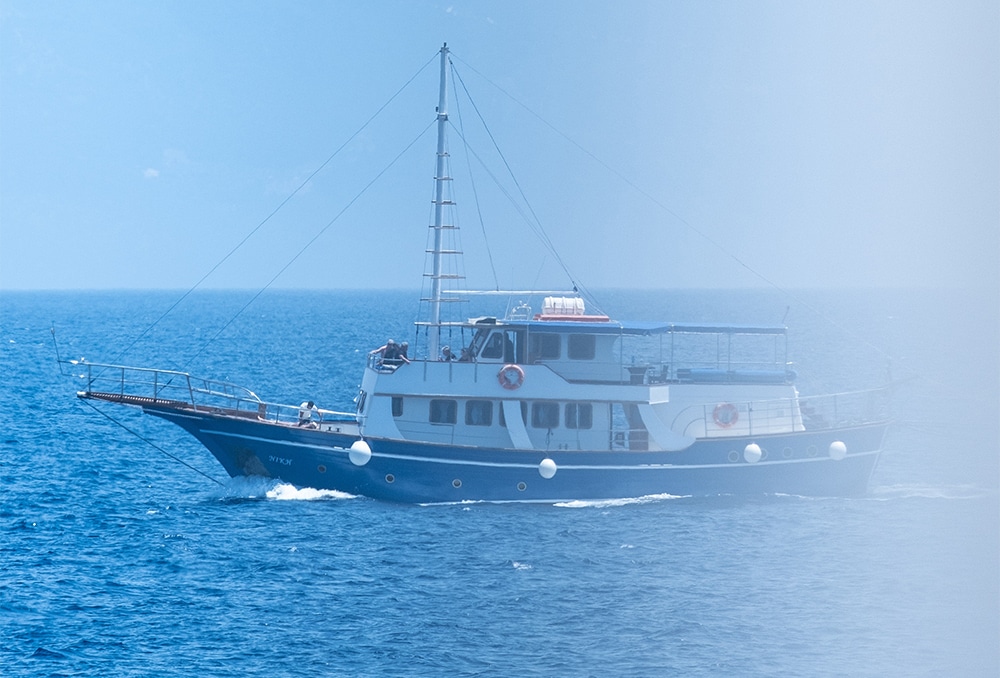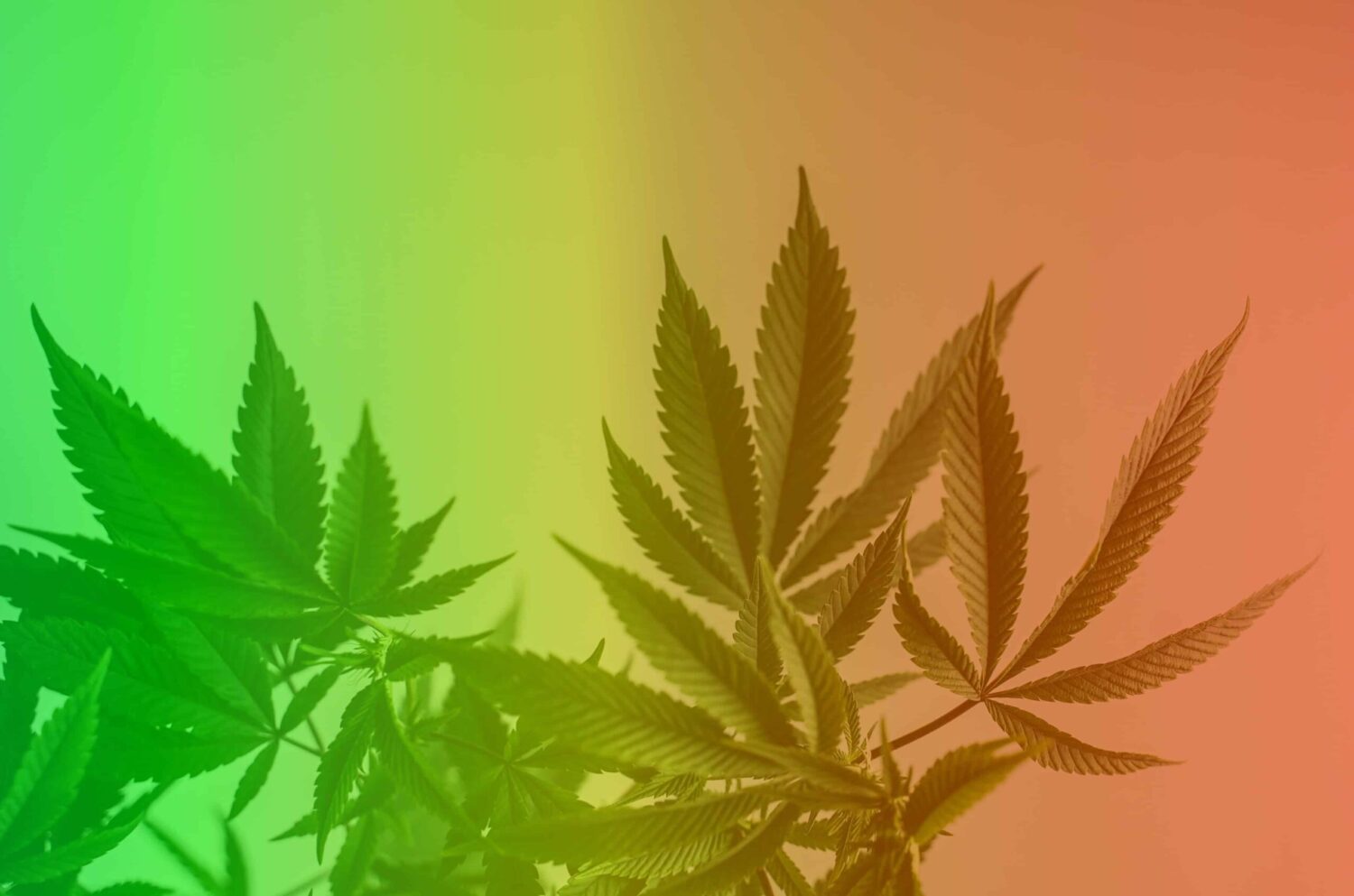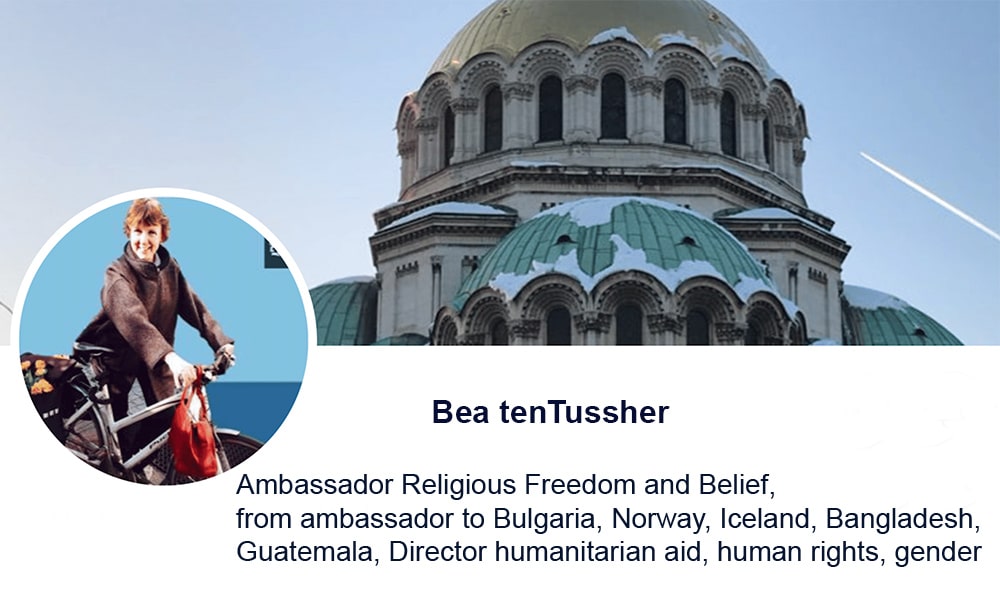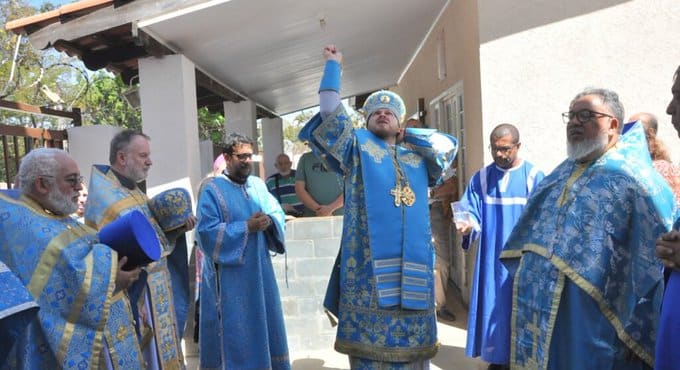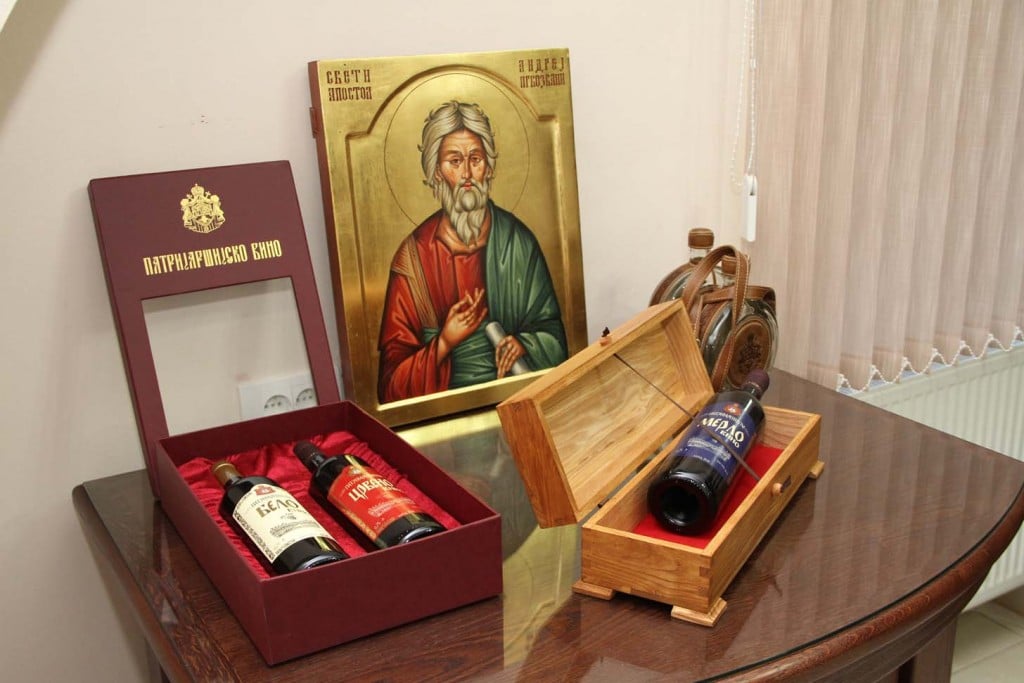Today, the European Commission adopted its proposal for fishing opportunities for 2023 for the Baltic Sea. Based on this proposal, EU countries will determine the maximum quantities of the most important commercial fish species that can be caught in the sea basin.
The Commission proposes to increase fishing opportunities for central herring and plaice, while maintaining the current levels for salmon and the levels of by-catch of western and eastern cod, as well as western herring. The Commission proposes to decrease fishing opportunities for the four remaining stocks covered by the proposal, in order to improve the sustainability of those stocks and to allow them to recover.
Virginijus Sinkevičius, Commissioner for Environment, Oceans and Fisheries, said: “I remain worried about the poor environmental status of the Baltic Sea. Despite some improvements, we are still suffering from the combined effects of eutrophication and slow response to tackle this challenge. We must all take responsibility and take action together. This is the only way to ensure that our fish stocks become healthy again and that our local fishers could rely again on them for their livelihoods. Today’s proposal goes in this direction.”
Over the past decade, EU fishermen and women, industry and public authorities have made major efforts to rebuild fish stocks in the Baltic Sea. Where complete scientific advice was available, fishing opportunities had already been set in line with the principle of maximum sustainable yield (MSY) for seven out of eight stocks, covering 95% of fish landings by volume. However, commercial stocks of western and eastern cod, western herring, and the many salmon stocks in both the southern Baltic Sea and the rivers of the southern Baltic EU Member States are under severe environmental pressure from habitat loss, due to the degradation of their living environment.
The total allowable catches (TACs) proposed today are based on the best available peer-reviewed scientific advice from the International Council on the Exploration of the Seas (ICES) and follow the Baltic multiannual management plan (MAP) adopted in 2016 by the European Parliament and the Council. A detailed table is available below.
Cod
For eastern Baltic cod, the Commission proposes to maintain the TAC level limited to unavoidable by-catches and all the accompanying measures from the 2022 fishing opportunities. Despite the measures taken since 2019, when scientists first raised the alarm about the very poor status of the stock, the situation has not yet improved.
The condition of western Baltic cod has unfortunately grown worse and the biomass dropped to a historic low in 2021. The Commission, therefore, remains cautious and proposes to maintain the TAC level limited to unavoidable by-catches, and all the accompanying measures from the 2022 fishing opportunities.
Herring
The stock size of western Baltic herring remains below safe biological limits and scientists advise for the fifth year in a row a halt of western herring fisheries. The Commission, therefore, proposes to only allow a very small TAC for unavoidable by-catches and keeping all the accompanying measures from the 2022 fishing opportunities.
For central Baltic herring, the Commission remains cautious, with a proposed increase of 14%. This is in line with the ICES advice, because the stock size has still not reached healthy levels and relies on new-born fish only, which is uncertain. Again, in line with the ICES advice, the Commission proposes to decrease the TAC level for herring in the Gulf of Bothnia by 28%, as the stock has dropped very close to the limit below which it is not sustainable. Finally, for Riga herring, the Commission proposes decreasing the TAC by 4% in line with ICES advice.
Plaice
While the ICES advice would allow for a significant increase, the Commission remains cautious, mainly to protect cod – which is an unavoidable by-catch when fishing for plaice. New rules should soon enter in force, making obligatory the use of new fishing gear that is expected to substantially reduce cod by-catches. The Commission therefore proposes to limit the TAC increase to 25%.
Sprat
ICES advises a decrease for sprat. This is due to the fact that sprat is a prey species for cod, which is not in a good condition, so it would be needed for the cod recovery. In addition, there is evidence of misreporting of sprat, which is in a fragile condition. The Commission, therefore, remains cautious and proposes to reduce the TAC by 20%, in order to set it to the lower maximum sustainable yield (MSY) range.
Salmon
The status of the different river salmon populations in the main basin varies considerably, with some being very weak and others healthy. In order to achieve the MSY objective, ICES advised last year the closure of all salmon fisheries in the main basin. For the coastal waters of the Gulf of Bothnia and the Åland Sea, the advice stated that it would be acceptable to maintain the fishery during the summer. The ICES advice remains unchanged this year, so the Commission proposes to maintain the TAC level and all the accompanying measures from the 2022 fishing opportunities.
Next steps
The Council will examine the Commission’s proposal in view of adopting it during a Ministerial meeting on 17-18 October.
Background
The fishing opportunities proposal is part of the European Union’s approach to adjust the levels of fishing to long-term sustainability targets, called maximum sustainable yield (MSY), by 2020 as agreed by the Council and the European Parliament in the Common Fisheries Policy. The Commission’s proposal is also in line with the policy intentions expressed in the Commission’s Communication “Towards more sustainable fishing in the EU: state of play and orientations for 2023” and with the Multiannual Plan for the management of cod, herring and sprat in the Baltic Sea.



